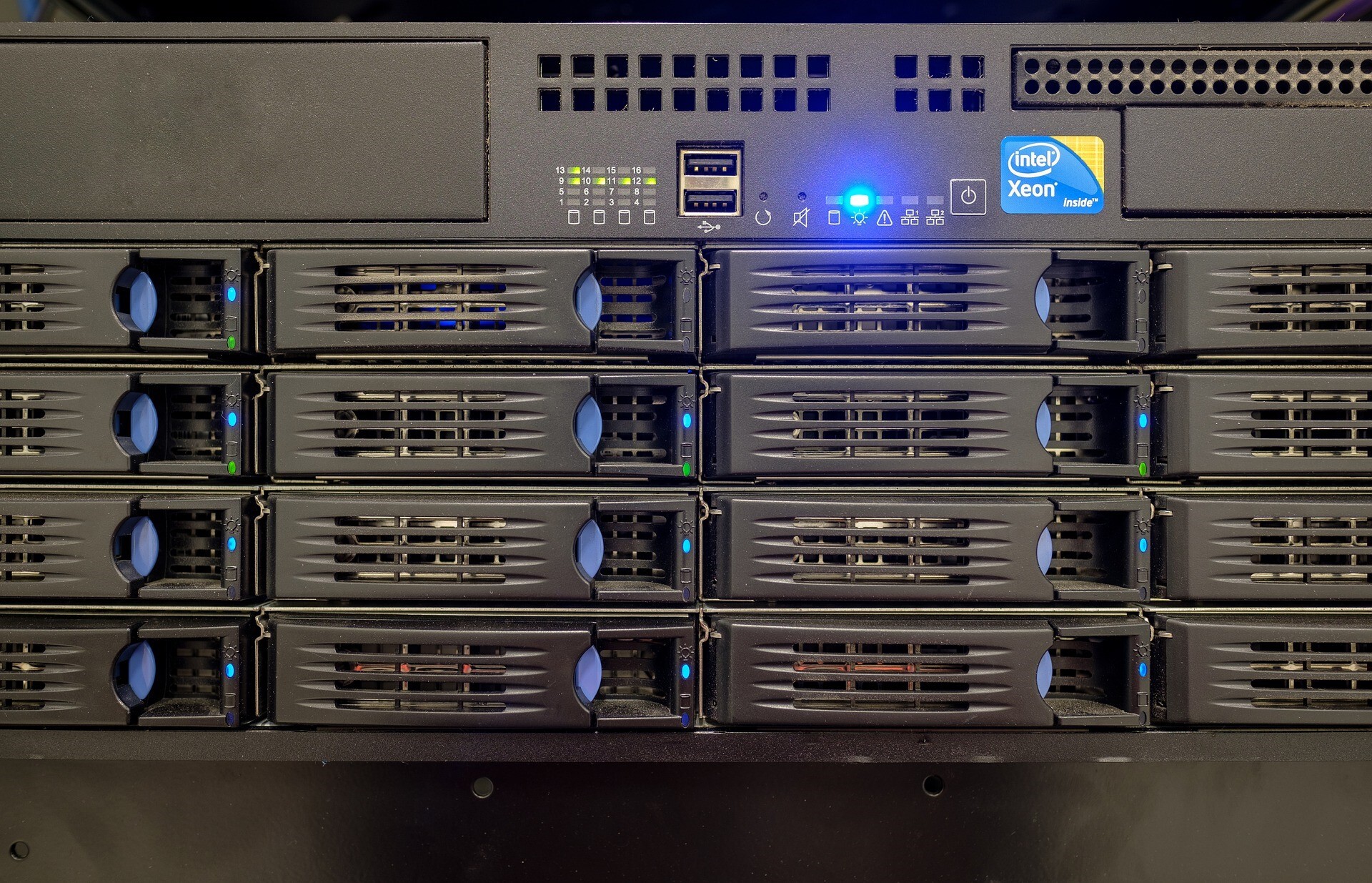Apache can be customized to cater to the requirements of various environments through modules and extensions. A majority of the WordPress hosting providers use Apache as the webserver software.
What is a Web Server?

Database servers, file servers, web servers, and mail servers use various kinds of server software. All these applications can access the files on the physical server to use for various purposes.
In simple terms, the servers serve websites on the web. The web servers perform the role of a middleman between the client machines and the server. When users request content, the webserver pulls out content from the server and delivers it to the internet.
But serving many users simultaneously is one of the biggest challenges faced by web servers. Files are written in various programming languages, such as Python, Java, PHP, and others. These files are processed by web servers and transformed to static HTML files for serving them to the user’s web browser.
Apache Web Server: How Does It Work?

Apache is not a physical server. Instead, it is software running on the HTTP server. Like we said, its role is to connect the server and the website visitor’s browser as it delivers the files back and forth. Apache is also compatible with all operating systems, be it Unix or Windows.
When a web user must load a page on the site, the browser sends a request to Apache, and it then responds with the files requested.
The client and the server connect through HTTP protocol. Apache server helps in maintaining smooth and secure communication between the two.
The best thing about Apache is it is customizable due to its open-source infrastructure. This is the reason users and web developers can adapt the source code based on the type of website they are developing.
Apache also comes with a wide range of modules that let server administrators turn off and on the additional functionalities. You will find modules for URL writing, website caching, or password authentication.
Why Choose Apache?
Between lightSpeed and Apache web server, since Apache is an open-source software it means the source code can be collaborated and viewed for free. This is also the reason it is popular among the developers who have created and configured the modules for applying them to certain features and enhancing their core functionality.
Apache server is mostly a backend thing.
What are the Features of Apache Server?
The main function of the webserver is to take requests from clients and send them over to the application. But Apache does more than this.
Here are the features that the Apache webserver offers-
• Loadable dynamic modules
• Supports HTTP/2
• Handles index files, static files, content negotiation, and auto-indexing
• Compatible with IPv6
• PHP, Perl, and Lua scripts are built-in
• Offers gzip compression and decompression
• Enables FTP connections with proper modules
Apache Pros and Cons
Apache is an incredible choice for running a website on a versatile but stable platform. Nevertheless, it also comes with some disadvantages that you need to know.
Pros
• Open source and is available for free
• Security patches are frequently updated
• Reliable and stable software
• Customizable code enables users to adjust as per the requirements
• Work on Windows or Unix servers
• Easy to install and use
• Impressive documentation is extensive
• Changes are immediately recorded
• Adds more modules and features for improving functions
• Large community and available support in case of any issue
• Can be run on all operating system
Cons
• Performance issues on heavy-traffic websites
• The ability to tweak the configuration can invite various threats if you meddle with code
• Strict updating policy is important
• Customization leads to new bugs and errors, and debugging can be time and resource-consuming
Bottom Line
So, with Apache, you can run a secure website without much hassle. Since it is an open-source and free tool, it is often chosen by small businesses and solo entrepreneurs looking to establish a presence over the internet. Apache allows you to install a WordPress website on it without any customization. It works seamlessly with many programming languages. But remember, too many configurations might make it vulnerable to security issues.




